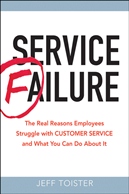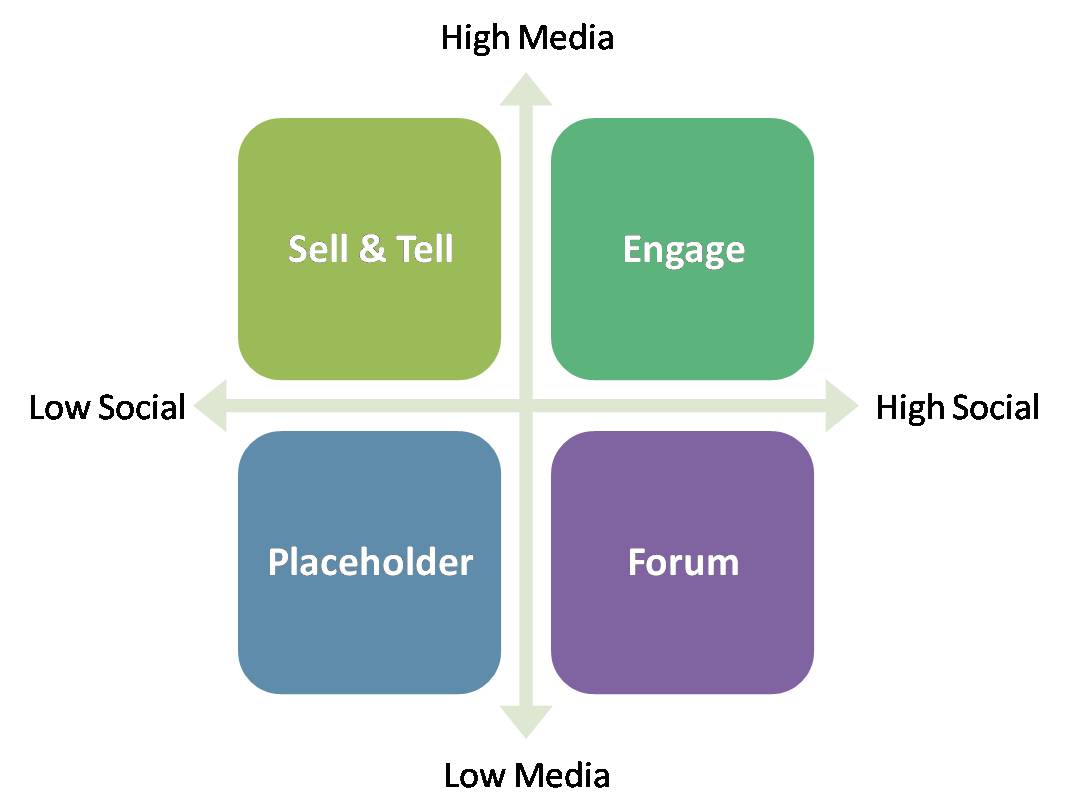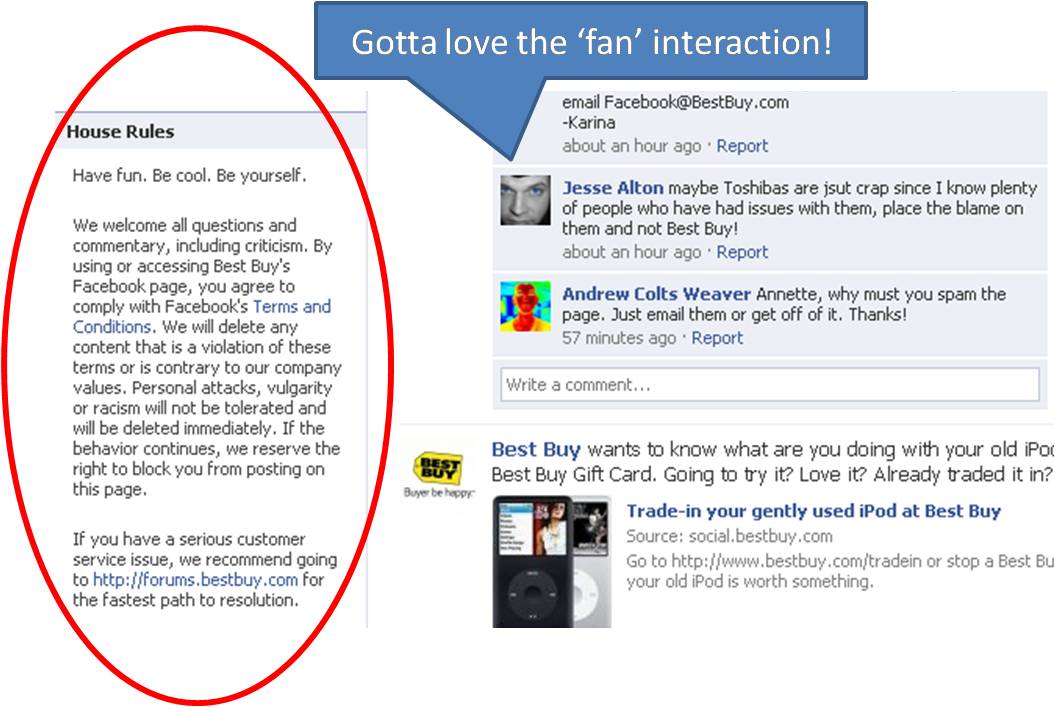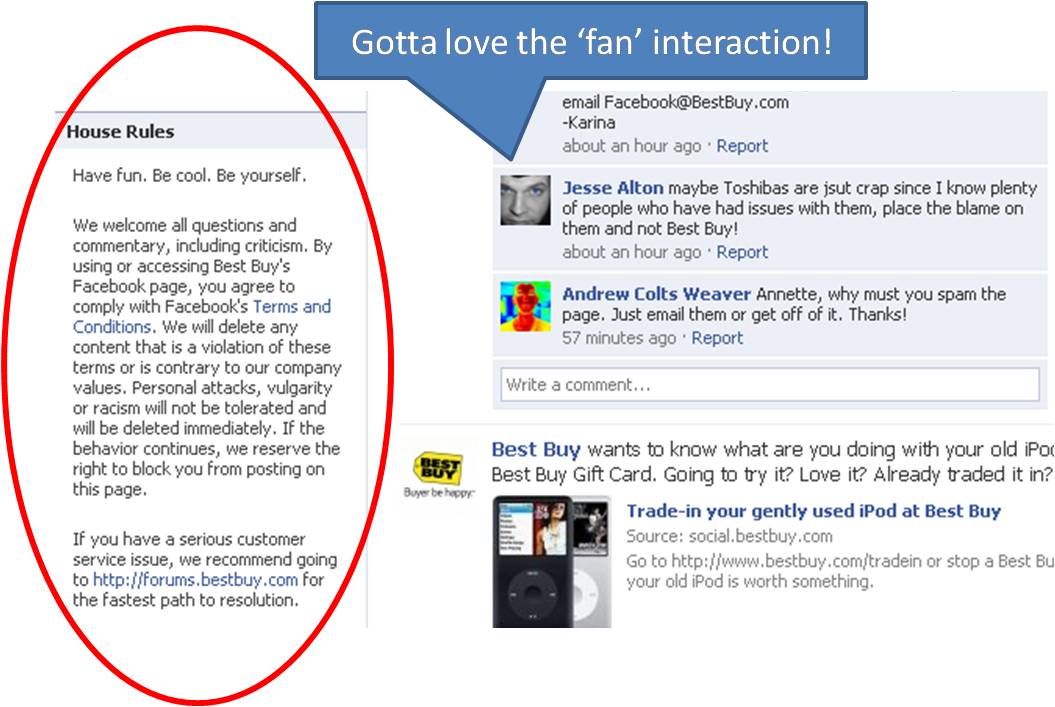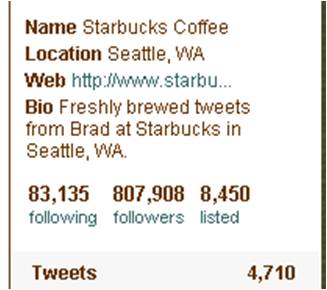Why you're training customers to complain via Twitter
 Jeff Toister
Jeff Toister  Tuesday, June 4, 2013 at 12:00PM |
Tuesday, June 4, 2013 at 12:00PM | 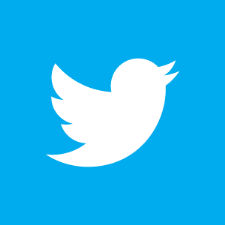 An increasing number of companies are starting to do a great job of serving their customers via Twitter. That’s great news for service, right?
An increasing number of companies are starting to do a great job of serving their customers via Twitter. That’s great news for service, right?
Well, it may also be a problem.
Companies that master the art of serving their customers via Twitter may be training their customers to skip traditional service channels like face-to-face, phone, and email so they can do all their complaining in public.
Here are three reasons why:
Broken Channels
Consumers generally want to address customer service issues directly with the company without resorting to Twitter.
A 2012 American Express study found that only 7 percent of customers look to social networking sites such as Twitter as their primary method of contacting customer service. Most customers prefer more traditional channels such as face-to-face, phone, email, or even a company website. Only 17 percent of consumers reported contacting a company via social media at least once in the past year.
Things change when the problem doesn’t get resolved. The SQM group estimates that the average call center fails to resolve 30 percent of problems on the first call. Customers who experience lingering customer service issues may be more likely to vent their frustrations on Twitter.
Executive Attention
I recently attended ICMI’s ACCE conference for call center professionals. Quite a few attendees told me that Twitter has gained prominence in their companies because it’s more visible to executives than other channels. These executives are also understandably worried about the negative word of mouth associated with customers ranting on Twitter.
More executive attention can lead to Twitter complaints getting top priority. This means the Twitter team gets better staffing levels so they can respond faster. They are more empowered so they can be more generous. It also means that fewer resources are devoted to improving other service channels.
Customers catch on quickly.
Elite Service
The first two factors are reinforced by Twitter teams that do a really good job.
I recently Tweeted a complaint to American Airlines after being told it would take 8 weeks to get reimbursed for clothes I had to buy when my suitcase was delayed. Their Twitter team responded almost instantly to request additional information and then promised me they’d get on it.
The American Airlines Twitter team evidently pulled some strings that other customer service reps wouldn't or couldn't pull because my check ended up arriving in just 4 weeks.
Given these results, why wouldn’t I automatically tweet American Airlines the next time I experience a customer service issue of any kind?
Solutions
Perhaps the solutions seem obvious. Fix broken channels so customers get amazing service no matter how they choose to contact your company. Prioritize problems that cause your customers the biggest headaches, rather than your marketing and PR folks. Fix more problems on the first contact.
I have one additional suggestion: Spread some of that Twitter moxie to other channels.
Companies often infuse their Twitter customer service with a little personality because they know anyone can listen in. What if every call center representative answered the phone like the whole world was listening? Why not write customer service emails that we would be proud to see posted on the internet?



